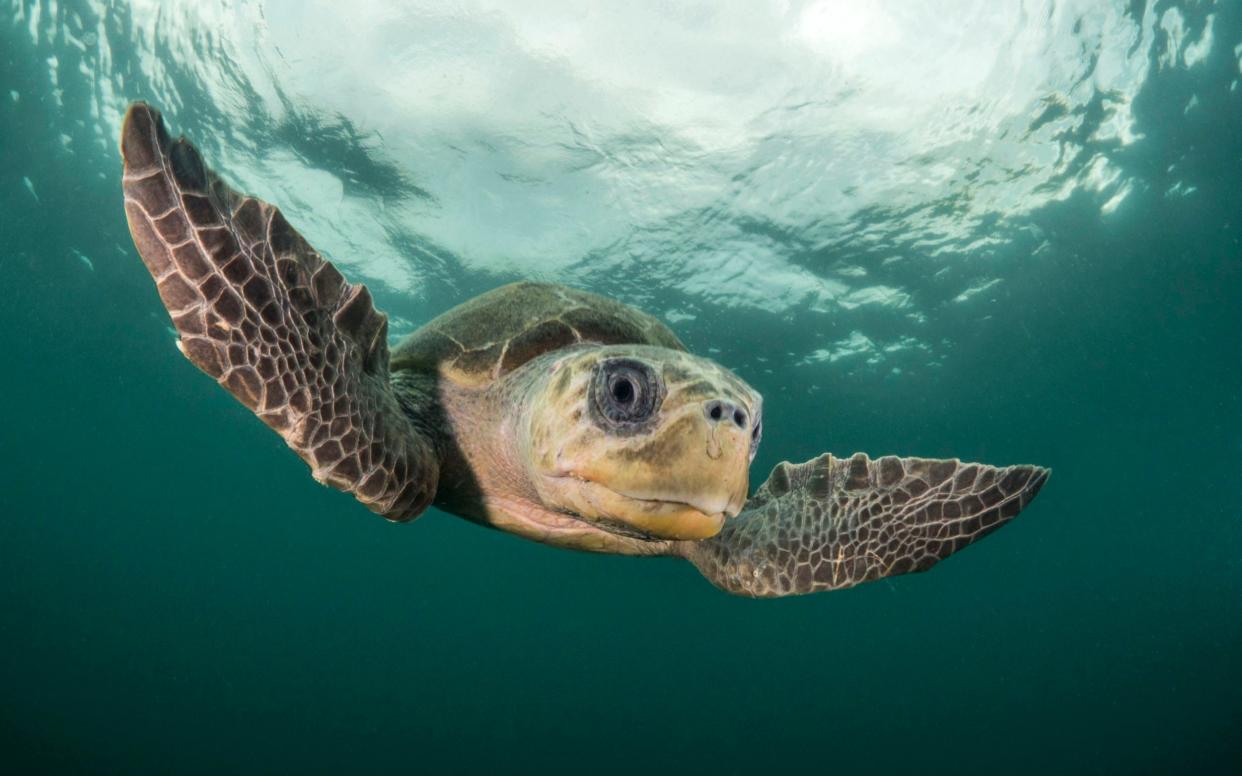Blue Planet II is, as ever, an immersive experience: episode six review

Blue Planet II (BBC One), the nature documentary about the oceans narrated by David Attenborough, focused on coasts in its sixth and penultimate episode.
It was, as ever, an immersive experience. Such is the virtuoso close-up camera work, you felt you were the sea turtle, making your way through the waves onto a Costa Rican beach.
The spell was broken as the camera panned out in a dizzying perspective scene, revealing hundreds and hundreds of turtles doggedly clawing their way up the sand to lay their eggs. It looked like a piece of art: the abstract patterns that the turtles had churned into the dark beach, washed by the sea’s scalloped lace.
This episode was yet another chance to bathe in the gorgeousness of the natural world, from the sleek metallic bulk of sea-lions to the hallucinatory mini wonderland of a rock-pool.
Blue Planet is renowned for its film-making coups, and last night didn’t disappoint. With the aid of drone cameras, we saw for the first time sea-lions hunting tuna by working together to drive them into a shallow cove. It raised uncanny questions about animal intelligence and cooperation. Meanwhile, the desperate thrashing struggle – to eat, to escape being eaten – made me feel guilty for every time that I’ve casually wielded a tin-opener.
Blue Planet II: The spectacular BBC natural history series, in pictures
At the age of 91, Attenborough still narrates with the enthusiasm of a schoolboy. After a startling sequence of a crab leaping away from two foes, an octopus and a moray eel, he gasped “made it”: ever enchanted by the natural world, and delighting us in turn.